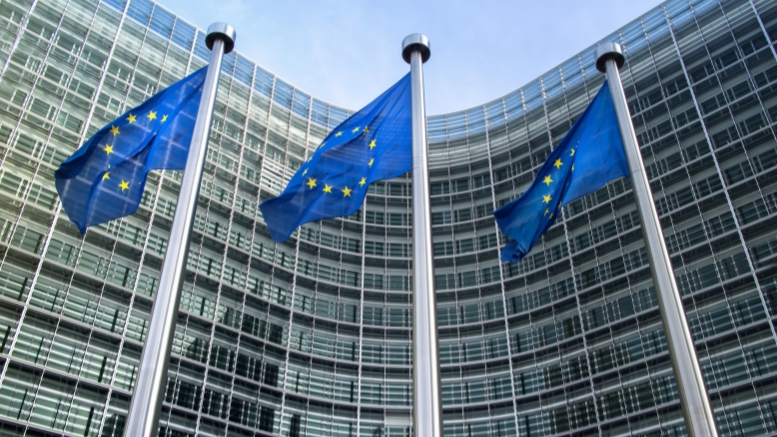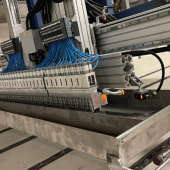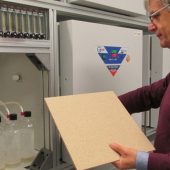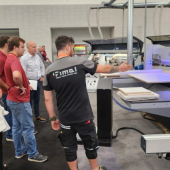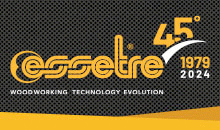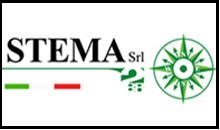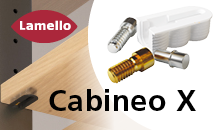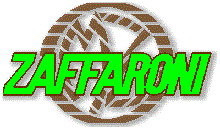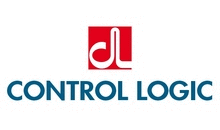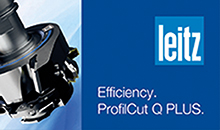What’s the news and consequences for woodworking technology? We asked Matteo Simonetta, head of Acimall’s technical office, to help us understand better.
The new Regulation 2023/1230/EU for machinery became effective on July 19, 2023, and will be enforced from January 20, 2027, when the Machinery Directive 2006/42/EC it replaces will be cancelled. Manufacturers have three and a half years’ time to adapt their production, but there is no transitory period with both regulations in force: the machinery must comply with the current directive until January 19, 2027, and then to the new Regulation from January 20, 2027. Any European directive must be adopted by each member country, which means that each country must enforce a national law that implements the European directive, while a Regulation applies directly to all member countries, with no need to adopt a national law. The transition from directive to regulation ensures a consistent application across the Union, avoiding delays in adoption, as it happened in Italy, for instance.
Now, let’s take a look at the key difference between 2023/1230 and 2006/42. The current definition of safety component is completed by the specification that it can be physical or digital, including software (art. 3, point 3). Therefore, any software designed or created to perform a safety function and marketed separately is a safety component that falls under the 1230 regulation.
The definition of substantial modification (art. 3, point 16) is totally new. The concept is already known, but it was made explicit in the law. Substantial modification means a modification by physical or digital means after a machinery or related product has been placed on the market or put into service, which is not foreseen or planned by the manufacturer, and which affects the safety of that machinery by creating a new hazard, or by increasing an existing risk, which requires: the addition of guards or protective devices which necessitate the modification of the existing safety control system; or the adoption of additional protective measures to ensure the stability or mechanical strength of that machinery or related product. 18); otherwise, a non-professional user that carries out a substantial modification of a machinery, for his own use, shall not be considered a manufacturer. This might be an open issue if the modified machine is then sold, as it means that a non-compliant machine is placed on the market.
In line with other regulations newer than the machinery directive, additional figures of economic operators based in the European Union have been added, in addition to manufacturer and representative, i.e. the importer and the distributor (art. 3, points 20 and 21). They are, respectively, the actor who places on the EU market a machine from a third country, and the actor who makes it available without being a manufacturer or importer, and their responsibilities are bigger than before. In detail, Art. 13 basically obliges machinery importers to check their compliance and documentation, and act as guarantor in the Eu. Article 50 of the regulation indicates that the penalties laid down by the member states for infringements by economic operators may also include criminal penalties for serious infringements, which are not prescribed by the current directive.
The European commission can draft “common specifications”, consulting the experts of all stakeholders, in the absence of harmonized standards, and then withdraw such specifications when equivalent standards are published. This approach does not seem consistent with the established separation of duties, for the authorities to draft laws and for the stakeholders to produce voluntary technical standards under the guidance of the European Cen and international Iso committees. Anyway, there are already specific technical standards for each type of woodworking machine, and they will be adapted to the new regulation.
The procedures for the evaluation of machinery compliance and the lists of machines for which only some procedures apply – article 12 and annex IV of the directive, and art. 25 and annex I of the regulation – were reconsidered in depth. The commission has always shared the regulation drafts with the stakeholders, asking for comments: as industry associations, through Confindustria, we sent our remarks to Mise (now Mimit, Italian Ministry of Business and Made in Italy), which submitted them to the European table. This topic was raised back in the Eighties with the first edition of the directive, where there were few technical standards, and their development was at an early stage. Back then, it was considered that, for some types of potentially more hazardous machines, a compliance evaluation procedure based on internal control was not enough, but a third party should check. As technical standards spread out, the 2006/42/EC prescribed that also those machines could skip the examination of the official entity, provided they complied with the harmonized standard (i.e. published on the official bulletin as compliant with the directive). Today, with established standard covering at least all the machines in the list (actually, many more), we considered that this could be eliminated, as the question was solved. Instead, a few members of the commission wanted to restore the obligation of a third-party exam for all those machines. After long discussions, a compromise solution was found, dividing the annex I in two sections and prescribing the third-party exam only for the products listed in section A (which does not affect our industry). Woodworking machinery that was included in annex IV are now all in section B, so the manufacturer can act independently, applying the corresponding technical standard.
The Eu declaration of conformity no longer requires an authorized person to create the technical folder upon request by the authorities; instead, it is now mandatory to indicate the applicable harmonized standards with the corresponding publication date in the official bulletin, and the parts applied in case of partial application. The same goes for the Eu declaration of incorporation for quasi-machines.
Both the warnings on the machine and the operating instructions must be written in a comprehensible language for the users, determined by each member state where the machine is put into service or placed on the market, and no longer in the official language(s) of the member state. This is in line with other directives, according to which the manufacturers shall check the accepted language(s) in the implementation procedure for each state. But, since a regulation does not need to be adopted at national level, it is not clear how each state will indicate the prescribed language. Instructions can be provided in digital format only: it must be indicated how to access, they must be printable, downloadable, savable and available online for at least ten years; however, upon request by the customer at the time of purchase, the manufacturers shall provide printed instructions for free within one month.
The essential health and safety requirements (Ehsr) listed in annex III (former annex I in 2006/42/EC) have been integrated with modifications or new requirements. The major modifications have introduced the topic of machine learning for machinery that has embedded systems “with fully or partially self-evolving behavior” and is designed to operate with varying levels of autonomy, especially under the Ehsr 1.1.6 “Ergonomics” and 1.3.7. “Risks related to moving parts”. Ehsar 1.1.2 “Principles of safety integration” has been expanded with the requirements of “allowing the user, where appropriate, to check the safety functions” and to provide equipment and instructions for verifications, adjustments, maintenance in safety conditions. Ehsr 1.6.2. “Access to operating positions and servicing points” adds that accesses for operation, adjustment, maintenance and cleaning shall be dimensioned in such a way that an emergency rescue of the persons is possible. Some requirements under section 3 have also been changed, related to machinery mobility, but it does not affect our industry.
The new Ehsr 1.1.9 “Protection against corruption” deals with the risk of cyberattacks and the related protection, called cybersecurity, due to the connectivity of machines for the purposes of production management and energy monitoring, which, among other things, give access to Industry 4.0 and now 5.0 loans and tax credits. In short, Ehsr 1.1.9 states that: the connection of a machine shall never lead to a hazardous situation; transmitting components, as well as security-critical software or data, must be protected against accidental or intentional corruption; the machinery shall collect evidence of a legitimate or illegitimate intervention in that hardware components. Similar modifications have been made to Ehsr 1.2.1 “Safety and reliability of control systems” and 1.2.6. “Failure of the power supply or communication network connection”, which has been extended to network connectivity.
To adapt the technical standards to the new 1230 regulation, Cen has already alerted its technical committees in charge for developing the safety standards of machinery in each industry. Each machinery safety standard features a table where the Ehsr of the new laws are matched to the corresponding points of the standard. This annex is very important to make sure that the standard complies with the law, and therefore, it can benefit from the assumption of compliance with the law itself, i.e. it is “harmonized”. It’s all about preparing the new annex for 2023/1230, which will initially complement and then replace the annex for 2006/42/EC, as well as integrating the text to meet the modified or new requirements.
In our industry, elements such as self-evolving behavior are not yet the state-of-the-art, therefore some modified requirements have a marginal impact. For sure, a section about cybersecurity must be added to comply with Ehsr 1.1.9 about protection from corruption. For over a decade, we have already used a set of standards (EN ISO 19085) where part 1 prescribes the common requirements for all machinery families and the specific parts referred to them, so all we need to do is review part 1 to add the cybersecurity element, and then amend the other sections with a quicker process than a revision. Our committees met in a plenary session on December 1st and voted to start this revision work immediately; as the normal procedure to develop a CEN/ISO standard takes 36 months, we are confident that the new edition can be published and harmonized in time for the enforcement of the machinery regulation 1230 on January 20, 2027.

